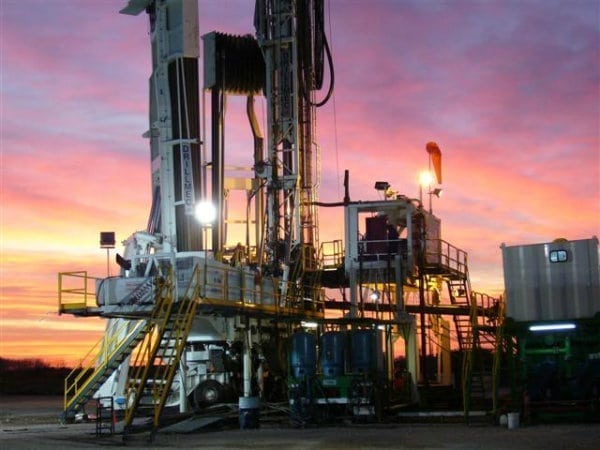
For any drilling rig, the maintenance of equipment is paramount to ensure smooth operations. Mud screens for drill pipe help with this by filtering out large particles. This becomes particularly important when certain procedures, such as Measurement by Drilling (MWD), are used. In this article, we’ll give an overview of some factors to consider when selecting a screen. This will be followed by a description of the slotted and rod mud screens for a general comparison.
The Importance of Mud Screens
Mud strings serve an integral role in protecting other drilling equipment, particularly during MWD operations. MWD is a type of well logging that is used when drilling at extreme angles, typically greater than sixty degrees. Tools are inserted into the drill string to send real-time information to help with the steering of the drill. Mud screens are placed in the top drill string for filtering. These typically never go below the rig floor to allow for easy retrieval and frequent cleaning.
Factors to Consider for Mud Screens
·Cost vs. Accuracy: It’s important to weigh the cost of using screens against standard blank casing. While it’s cheaper to use blanks, in some situations it’s more difficult to consolidate gravel. When used in the drilling of water wells, blank casing could also result in passing over aquifers.
·Environment: Every drilling situation is different; one screen’s ease of use in a previous project doesn’t guarantee the same for a future project. The grain size of the material will be a factor, as will the fluid rate.
Slotted Mud Screens
Slotted mud screens are commonly used in horizontal well completions. These are best suited for low-productivity wells, meaning wells that deliver low fluid rates. Most have a handling cap of around 300 GPMs (gallons per minute). Due to the small width of the slots, these screens are used for gravel or large grain stand-alone completions.
Different companies also offer different slot designs. The straight slot, for example, has the same width on the outer and inner sides of the screen. Another available design has a narrower spacing inside the screen compared to the outer. This guarantees that particles that pass through the outer opening will also pass through the inner wall, preventing clogging.
There are some disadvantages associated with slotted screens. There’s the possibility of clogging, particularly with thicker screens. Risk of collapse is also present, though this can be reduced with an increased number of slots on the screen.
Rod Mud Screens
Rod mud screens, also known as cage screens, consist of longitudinal rods that offer a greater open surface area compared to slotted screens. Another common version of this screen is the wire-wrapped screen, which includes an outer jacket that is wrapped around the rods.
Rod screens are often used in shallow completions, typically those involving no more than a depth of 1,000 feet. These are also high flow retrievable, meaning they are best used with wells that deliver high fluid rates. Most have a handling cap of around 800 GPM or more.
Keystone Mud Screens
Slotted and rod mud screens are available in a variety of sizes. Mud screens are powder coated to offer extra durability, and include bevels on rings to reduce wear. Full details are available here.

